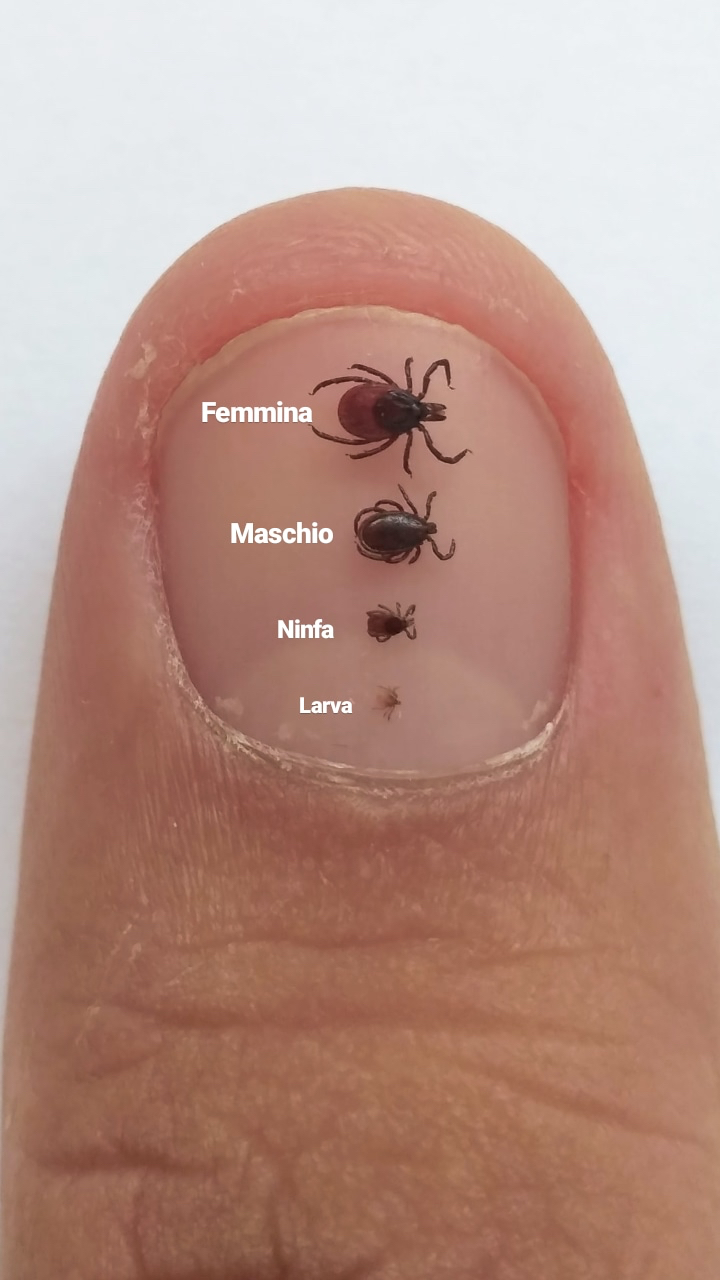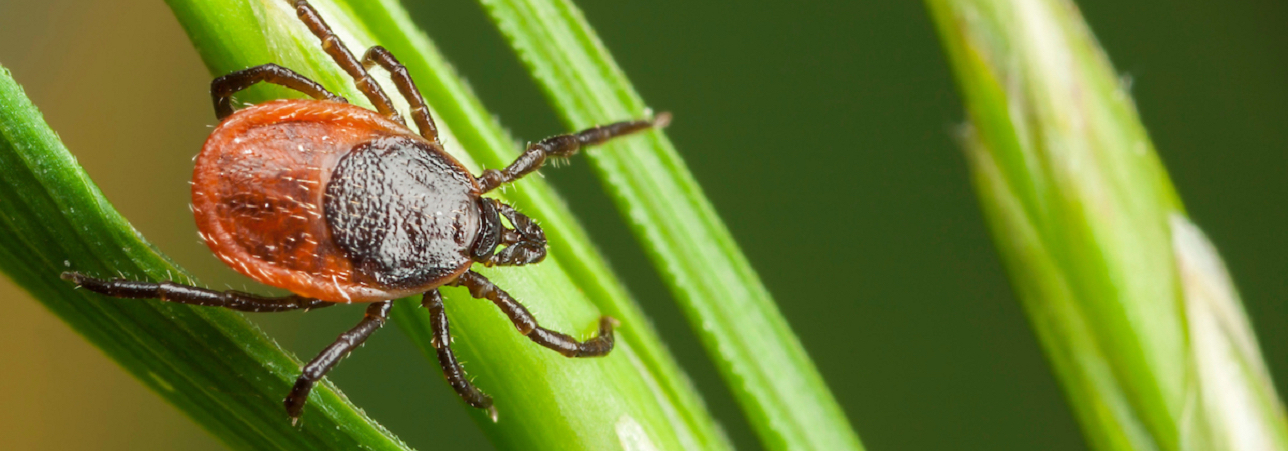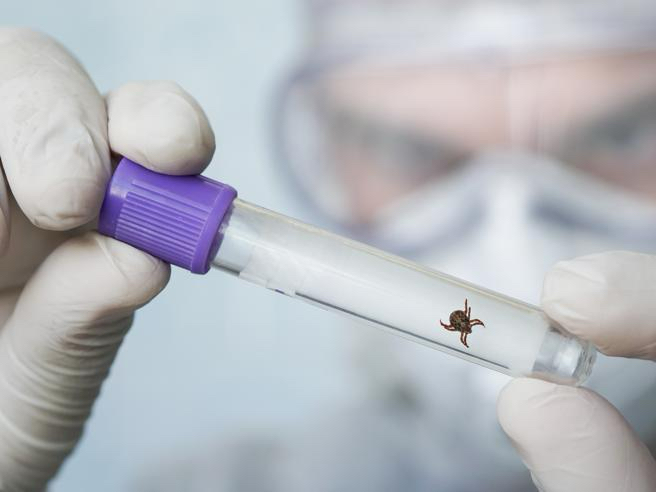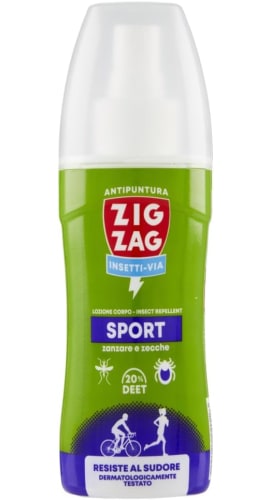What are ticks

Ticks are arthropods belonging to the class of arachnids, the same as spiders and scorpions.
They are hematophagous parasites, meaning they feed on blood taken from mammals, birds, and occasionally reptiles.
Their ability to attach to their hosts' skin and suck blood makes them vectors of numerous infectious diseases. Ticks go through four stages of development: egg, larva, nymph, and adult, and can transmit pathogens at different stages of their life.


